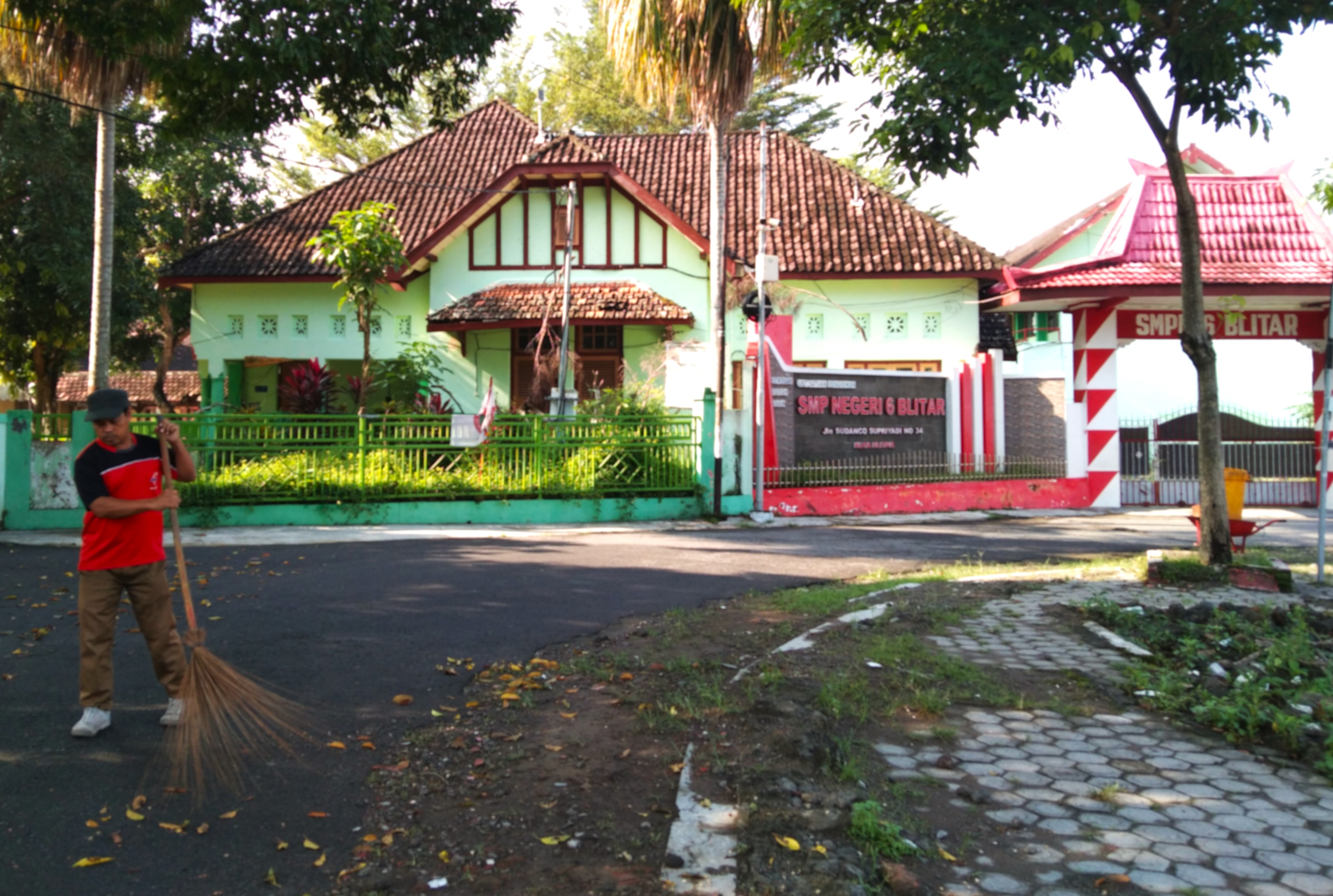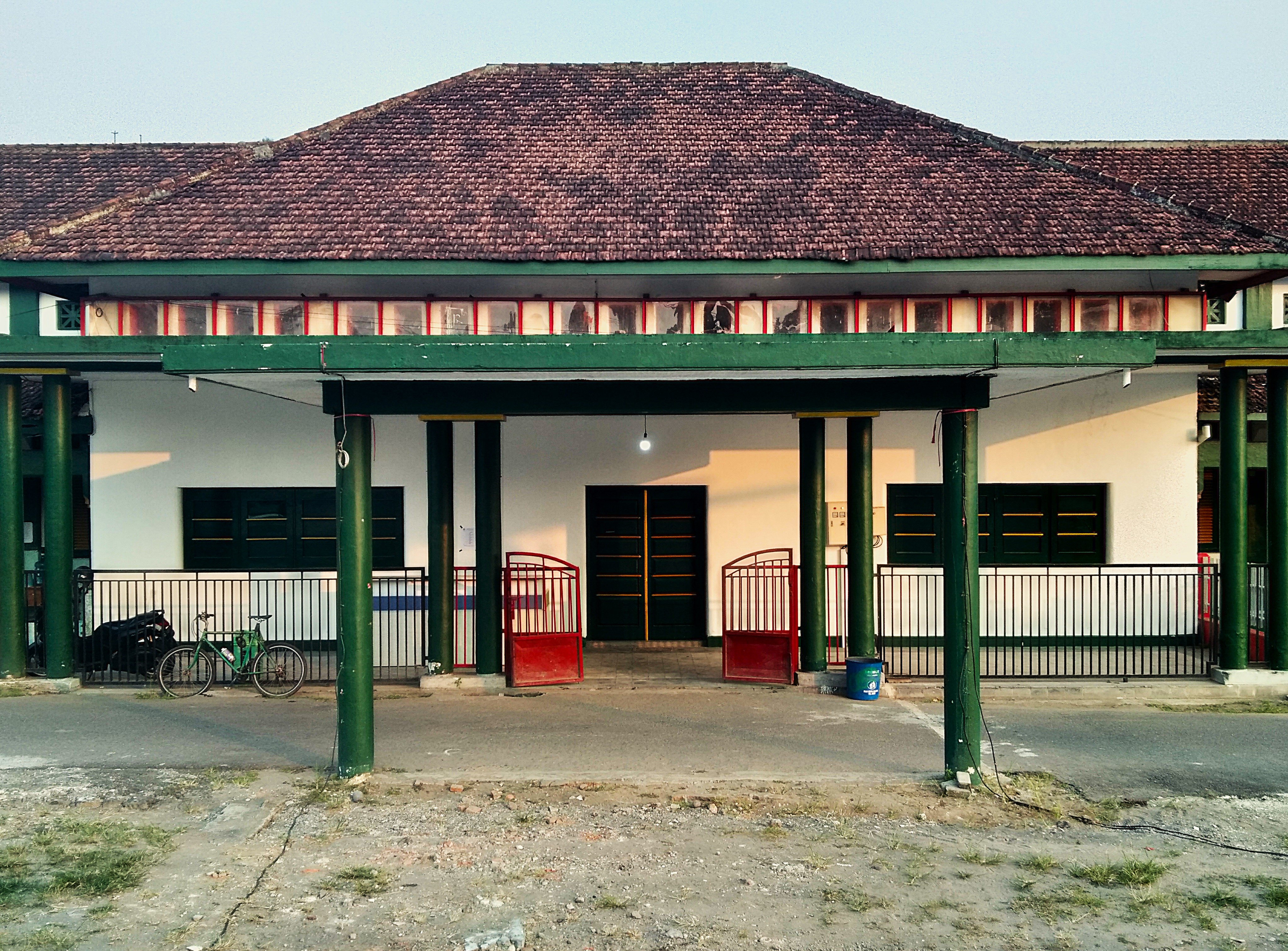
The Legacy of PETA: A Heroic Tale Behind Blitar’s Mulo Educational Complex
In a quiet corner of Blitar, tucked between the hum of modern life, lies a site that holds an epic historical narrative. The former headquarters of the Defenders of the Homeland Army—PETA (Pembela Tanah Air) now serves as a school complex, standing as a silent witness to Indonesia’s struggle for independence. From the early 20th century to the present day, this area has undergone numerous transformations, yet its heroic legacy remains deeply etched in the nation’s memory.
The Beginning: Colonial Education Foundation (1910–1942)
In 1910, under Dutch colonial rule, this area was first developed as a center of education. Sturdy buildings rose with colonial grandeur, housing administrative offices and dormitories for MULO (Meer Uitgebreid Lager Onderwijs) students. One of the buildings served as the education director’s office, while others became guardrooms and staff housing. It was a time of enthusiasm for learning, where both indigenous and Dutch students studied side by side in a structured academic environment.
But in 1942, with Japan’s invasion of Indonesia, everything changed. The once-welcoming educational complex was transformed into a military base. The director’s office became the headquarters of the Kempetai, Japan’s feared military police. The staff dormitories were turned into barracks, and a small building that had served as a kitchen became part of the newly established PETA military headquarters. Amid the grip of occupation, seeds of resistance quietly began to grow.
The PETA Rebellion: A Historic Moment (1945)
On February 14, 1945, Blitar’s history was shaken by a momentous event. Inside the barracks of Bundancho Halir, a modest room in the southern part of the complex, young PETA officers convened in secret to plan a rebellion against the Japanese. Under the cover of night, with unwavering resolve, these fighters fueled the spirit of independence. Though the rebellion was swiftly suppressed, it became a symbol of defiance against tyranny. The buildings, including the armory and barracks, silently bore witness to this act of valor.
After the uprising, silence returned. Japan soon withdrew, and Indonesia declared its independence. Yet, the memory of the PETA rebellion began to fade from public consciousness. The historic buildings found new life again, this time as educational facilities managed by various institutions.

The New Order: Calm Under Authoritarianism (1965–1998)
During Suharto’s New Order regime, the complex remained an educational hub. Schools such as the Technical School (ST), the First School for Family Welfare (SKKP), and several junior high schools successively occupied the grounds. The historic buildings, administrative offices, and former barracks were repurposed and are now used by SMPN 3, SMPN 5, SMPN 6, and SMKN 3. Although their functions changed, the structures remained intact, preserving the echoes of the past through colonial architecture.
Life in Blitar during this time was politically quiet. No major upheavals disturbed the status quo, and the events of February 14, 1945, became a nearly forgotten footnote. The former PETA headquarters was widely seen as just another school complex. The old armory became the student affairs office of SMPN 3. The former secret meeting room for the rebellion was turned into a school guard’s bedroom. Yet, behind these quiet walls, stories of heroism lived on.
The Reform Era: Revival of the PETA Memory (1998–2007)
The reform era brought new energy and awareness to the complex. After four presidential transitions, the Blitar City Government finally acknowledged the historical significance of PETA. In February 2006, February 14 was officially declared PETA Day, commemorating the heroic rebellion of 1945. The commemoration was marked by grand theatrical reenactments, reviving public consciousness about the site's importance.
PETA Day became a new cultural tradition in Blitar. Each year, citizens gathered to watch dramatic performances that rekindled the spirit of resistance. The former PETA complex, long known only as a school site, began to be recognized as a historical landmark. Buildings like the Office of the 1945 Independence Pioneers, once used by the PETA supervisory command, stood tall as symbols of local pride.
The Threat of Modernization: Challenges in Preserving History
Despite the rising awareness, the complex is not immune to the pressures of modernization. The push for economic development, marked by rising skyscrapers, hotels, and malls, has already erased many historical sites in Indonesia’s major cities. Blitar, though somewhat shielded from rapid urbanization, still faces the challenge of preserving the identity of the former PETA headquarters.
Some historic elements, such as the student bathrooms at SMPN 3, built in 1910 and still serving the same function, or the administrative office of SMKN 3, require conservation to prevent them from being lost to time.
A Legacy Worth Preserving
The former PETA headquarters is not merely a collection of old buildings. It is a canvas of national memory, a space where the struggle, courage, and dreams of independence were once ignited. From colonial-era classrooms to Japanese military command posts to modern schools, every wall and corner holds a story.
The annual commemoration of PETA Day every February 14 reminds us that this legacy must be preserved, not just for today’s generation, but for future ones.
Let us protect and cherish this place, so the heroic spirit of the PETA fighters continues to inspire.
For within every weathered brick and ancient wall lives a soul of resistance that refuses to die.
Tag: 1945, accomodation, architecture, architecturelovers, barak, barracks, bicycle, bike, blitar, blitarstopover, building, classroom, colonialhistory, community, culturalexplorer, culture, culturelovers, cycling, dutch, dutchcolonialhistory, escape, experience, explore, familytravelers, heartofjava, heritage, hiddencharm, hiking, history, hospitality, humaninterestfotographer, indonesianculturaltourism, indonesianhistorytourism, indonesiantourism, japanesecolonialhistory, javasuntoldhistory, jogjamalang, landscapefotographer, local, locallovers, luxury, malangjogja, mulo, museum, offthebeatenpath, onedayescape, pauseinblitar, peta, petablitar, rebellion, redefineluxury, sabatokaliwuanvibes, school, slowtravel, slowtraveler, soekarno, soekarnolegacy, soekarnomuseum, soekarnoroots, soekarnostomb, station, sudanco, sudancosupriyadi, Supriyadi, takeabreak, train, travel, travelersfotographer, TUInetherlands, untoldstory, visit
